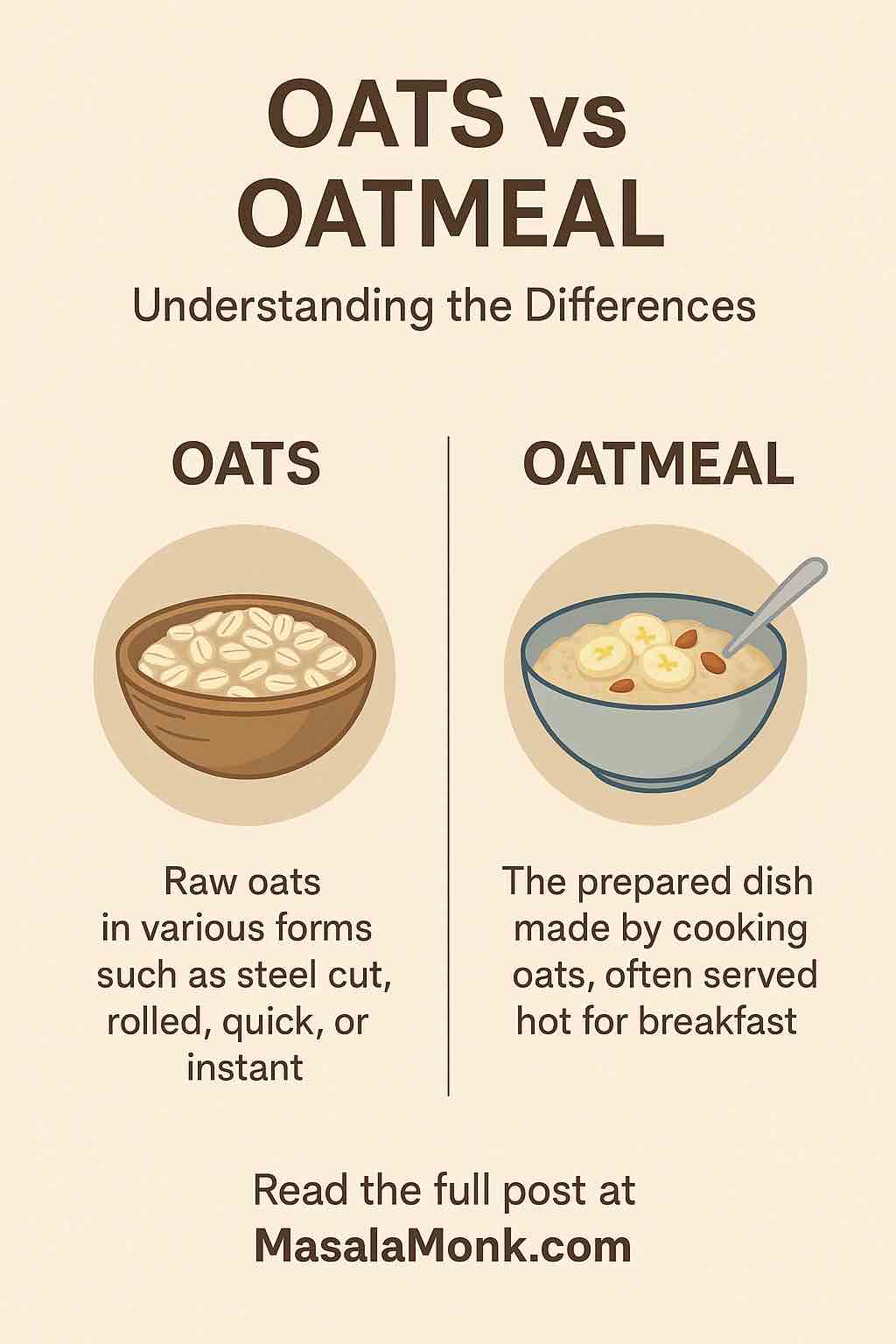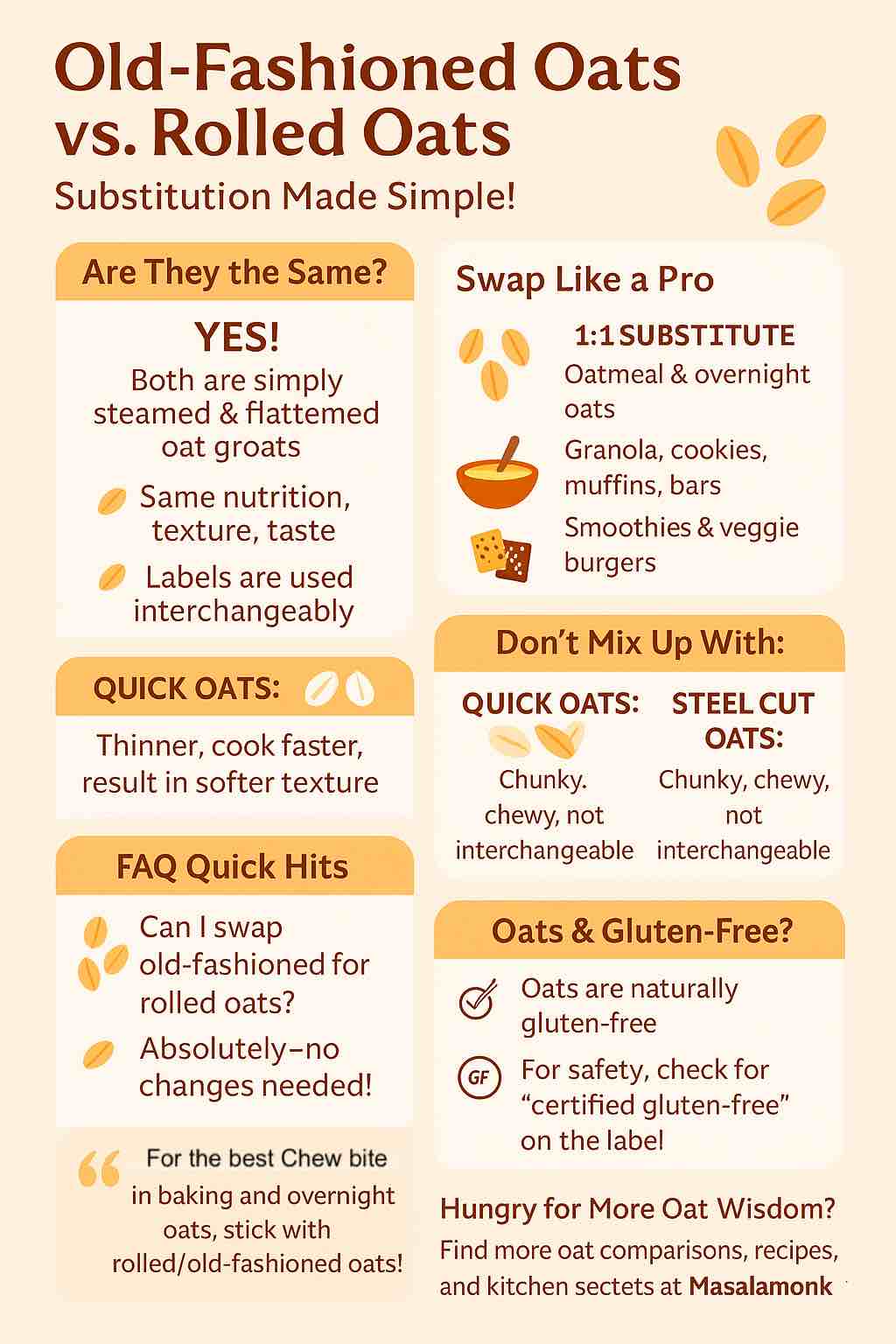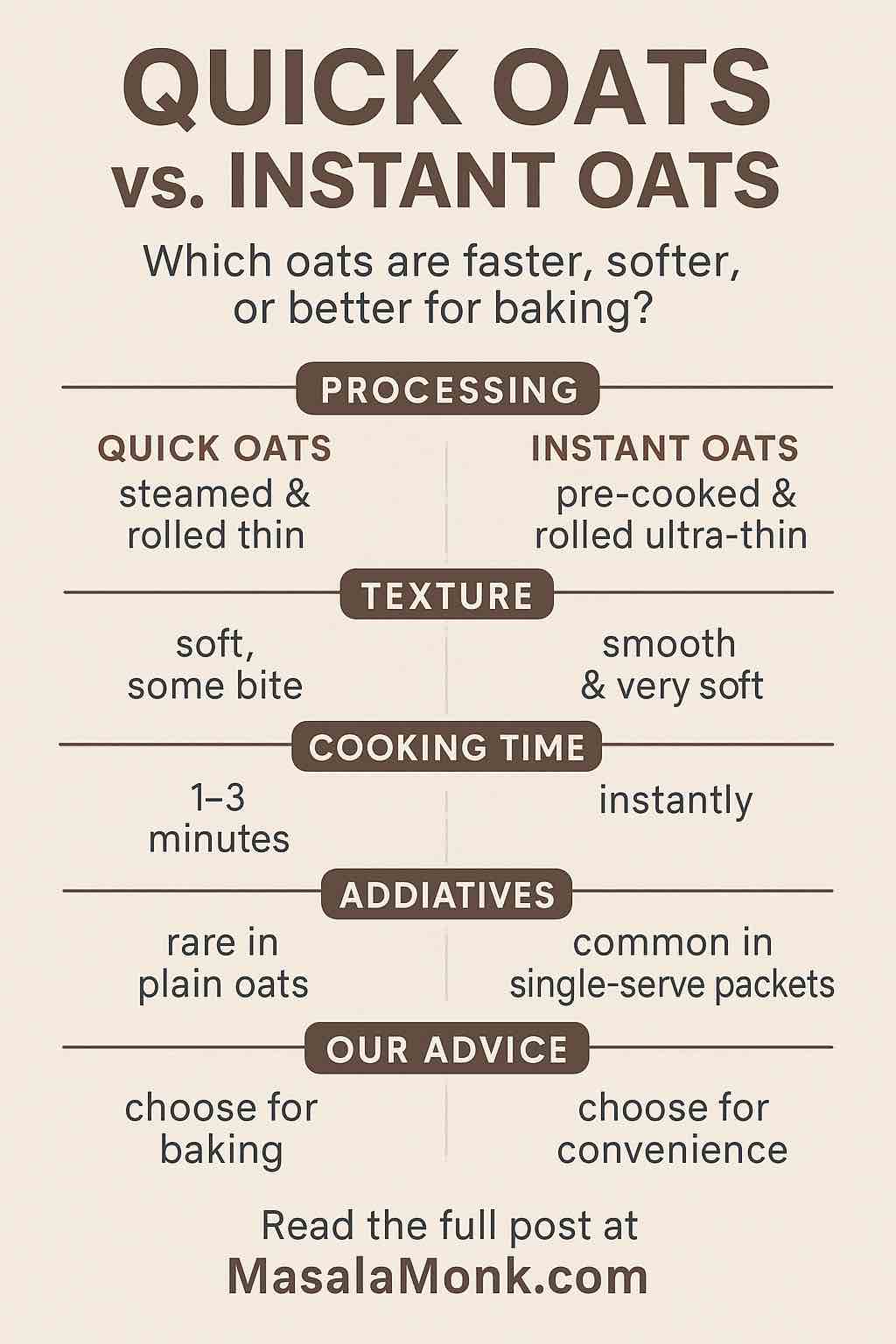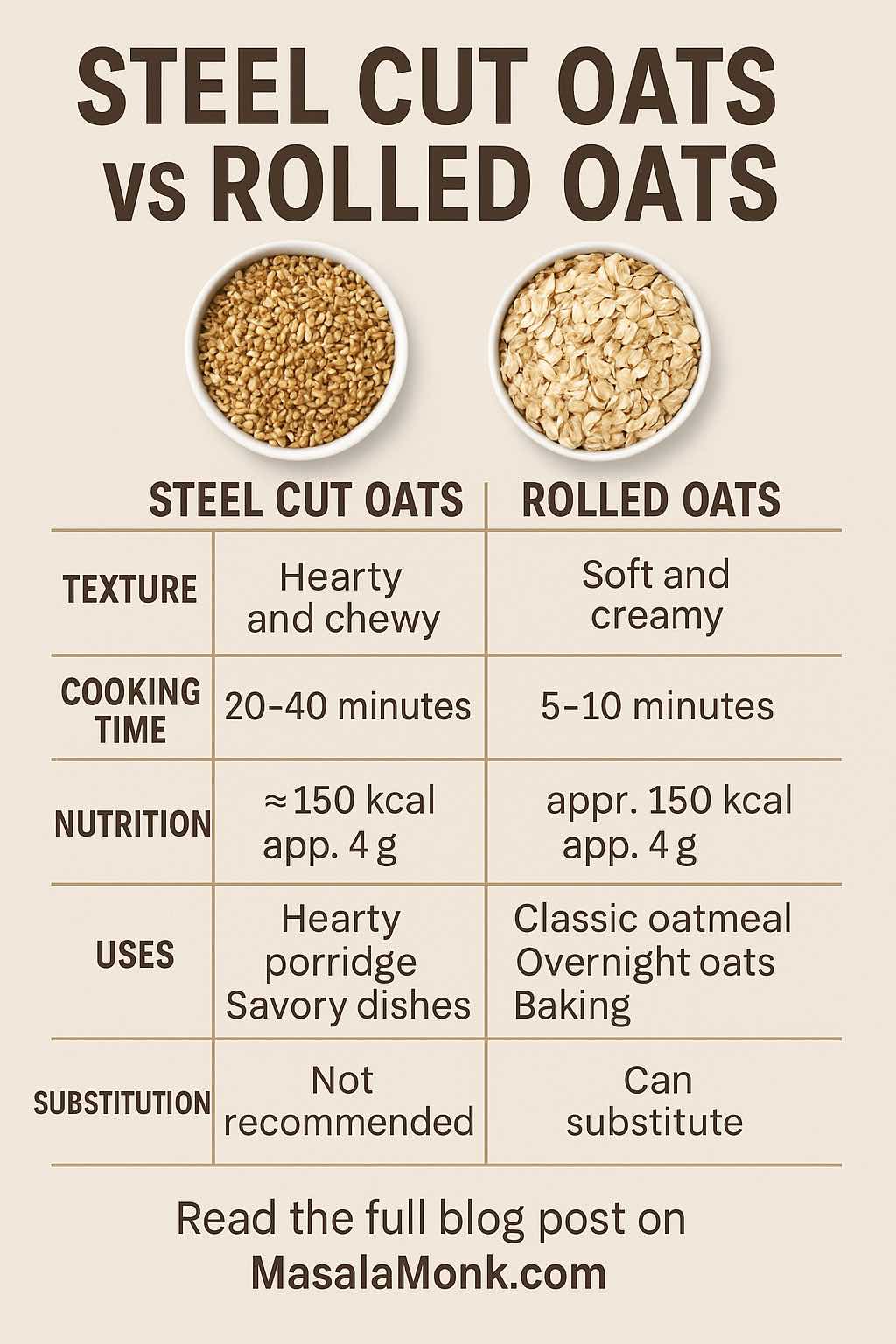
Sore throats and tonsillitis can turn even the sunniest day gray—pain, trouble swallowing, and that relentless scratchiness are enough to disrupt anyone’s routine. As antibiotics lose ground to resistant bugs and people search for gentler solutions, apple cider vinegar (ACV) has exploded in popularity as a home remedy.
But does it actually work for tonsillitis or a raw, burning throat? Or is ACV’s reputation just old folklore dressed up as health advice? In this post, we’ll cut through the noise and lay out what science really says in 2025. You’ll get actionable tips, realistic expectations, and safety advice—plus a look at how to use ACV if you choose to try it.
What is Apple Cider Vinegar?
Apple cider vinegar is a fermented liquid made from crushed apples, yeast, and bacteria. During fermentation, sugars are converted into acetic acid—the source of ACV’s sharp taste, tangy smell, and (alleged) health benefits. Traditionally, it’s been used for everything from salad dressings to folk medicine, with modern fans claiming ACV helps with digestion, weight loss, and even infections.
But let’s focus on its potential for throat and tonsil relief.
Understanding Tonsillitis & Sore Throat
Tonsillitis refers to inflammation (swelling) of the tonsils, most often caused by viruses or bacteria like Streptococcus pyogenes. Sore throats can be a symptom of tonsillitis or just a stand-alone irritation from viral infections, allergies, or dry air.
Key symptoms:
- Pain or scratchiness in the throat
- Swollen, red tonsils (sometimes with white patches or pus)
- Difficulty swallowing
- Fever and swollen glands (sometimes)
While most sore throats resolve on their own, bacterial tonsillitis sometimes requires antibiotics to avoid complications.
Why Apple Cider Vinegar? The Science Behind the Hype
1. Antimicrobial Action in the Lab
Recent lab studies have shown that ACV can destroy or disrupt the “biofilms” formed by bacteria such as Streptococcus pyogenes (the strep throat bug). These biofilms are sticky layers that protect bacteria and help them evade antibiotics.
- Key Finding: ACV wiped out over 95% of tonsil-bacteria biofilms in test tubes. Other vinegars like date vinegar performed even better.
- Broader Antibacterial Effects: ACV also works against E. coli, Staph aureus, and Candida yeast in laboratory dishes.
But here’s the catch: Almost all these results are in vitro—in glass, not in people. That means we see promise in the lab, but can’t guarantee the same power in your throat.
2. Symptom Soothing and Mucus Thinning
Anecdotally and in traditional medicine, diluted ACV has been used to:
- Soothe irritated throat tissue (like a natural “coating”)
- Help thin and loosen stubborn mucus
- Provide a mild numbing or anti-inflammatory effect
Traditional Tonics: “Oxymel” (vinegar mixed with honey) has been prescribed since the time of Hippocrates for cough and throat ailments.
3. Recent Studies (2023–2025)
- Biofilm Disruption: 2025 research shows ACV inhibits biofilms of tough bacteria (Bacillus cereus) and reduces their gene activity.
- No New Human Trials: Despite renewed interest, no recent clinical trials directly test ACV on tonsillitis or strep throat in humans. All recommendations still lean on lab data, traditional use, and anecdotal evidence.
How to Use Apple Cider Vinegar for Sore Throat: Safe, Practical Methods
If you want to try ACV as a supportive home remedy, here’s how to do it safely and effectively:
1. Gargle Method
- Recipe: Mix 1 teaspoon ACV into 1 cup (240ml) of warm water. Optional: Add half a teaspoon of salt.
- How: Gargle for 20–30 seconds, spit out, and repeat up to 2–3 times daily.
- Why: The dilution reduces irritation, while the salt and acetic acid create a less-friendly environment for germs.
2. Honey-ACV Drink
- Recipe: Stir 1 teaspoon ACV + 1 teaspoon honey into 1 cup (240ml) of warm (not hot) water.
- How: Sip slowly. This can help coat your throat and may also thin mucus.
- Why: Honey adds extra soothing and has its own antimicrobial effects.
3. Steam Inhalation (For Nasal/Throat Relief)
- Add 2 tablespoons ACV to a bowl of hot (not boiling) water. Drape a towel over your head and inhale the steam for 5 minutes.
- Why: The vapor may help loosen mucus and ease sinus pressure, though evidence is mostly anecdotal.
Practical Tips and Warnings
Do’s:
- Always Dilute ACV. Full-strength vinegar can burn throat tissues and erode tooth enamel.
- Rinse Your Mouth with plain water after use, or drink through a straw to protect teeth.
- Limit Use to 3–5 days at a time, unless your doctor says otherwise.
- Watch for Irritation. If burning, worsening pain, or swelling occurs, stop use immediately.
Don’ts:
- Don’t Swallow Large Quantities of ACV—can worsen reflux or cause stomach upset.
- Don’t Use ACV Tablets or Gummies for throat issues (they can lodge in the esophagus and cause burns).
- Don’t Replace Antibiotics with ACV if you have confirmed strep or severe bacterial tonsillitis. See a healthcare provider.
When to See a Doctor
ACV is a supportive remedy, not a replacement for medical care. Contact your provider if you notice:
- High fever (>101°F/38.3°C)
- Difficulty swallowing or breathing
- Pus or white spots on tonsils
- Swollen glands and fatigue lasting more than 2–3 days
- Sore throat that persists beyond a week
How Does ACV Compare to Other Home Remedies?
| Remedy | Main Benefit | Evidence | Cautions |
|---|---|---|---|
| ACV Gargle | Antimicrobial, soothing | Lab/Tradition | Must dilute; can irritate |
| Salt Water | Reduces swelling, mucus | Clinical/Anecdote | None if diluted |
| Honey & Lemon | Coats throat, soothes | Clinical/Tradition | Not for infants <1 year |
| Herbal Teas | Moisturizes, soothes | Clinical/Tradition | Allergies (rare) |
| Warm Fluids | Keeps mucus thin | Universal | None |
The Bottom Line: Is ACV Worth Trying for Sore Throat or Tonsillitis?
- ACV shows real promise in the lab for breaking up bacterial biofilms and fighting microbes.
- For people: It can soothe and support recovery—especially for viral sore throats or mild cases.
- It’s NOT a cure-all: It won’t replace antibiotics for serious bacterial infections.
- Safety first: Always dilute, limit use, and protect your teeth and stomach.
Final Thoughts
Apple cider vinegar is a time-honored home remedy that continues to intrigue both researchers and traditionalists. If you enjoy natural approaches and want to supplement your sore throat care, properly diluted ACV can be a safe, affordable addition to your toolkit—just don’t expect miracles, and always know when to seek professional help.
Have you tried ACV for a sore throat? Share your experience below!
For persistent or severe symptoms, always consult your healthcare provider.
Frequently Asked Questions (FAQs)
1. Can apple cider vinegar cure tonsillitis or strep throat?
No, apple cider vinegar cannot cure tonsillitis or strep throat. While lab studies show antimicrobial activity, there is no clinical proof it can eliminate the bacteria in people. Antibiotics are often required for bacterial tonsillitis.
2. Is it safe to gargle with apple cider vinegar?
Yes, if you dilute it properly—use 1 teaspoon of ACV in 1 cup (240 ml) of warm water. Undiluted ACV can irritate or damage throat tissue and tooth enamel.
3. How often should I use apple cider vinegar for a sore throat?
Most sources recommend gargling with diluted ACV 2–3 times daily for up to five days. Monitor for irritation and stop if discomfort worsens.
4. Can I drink apple cider vinegar to help my throat?
You can drink a honey-ACV mixture (1 teaspoon each in warm water), but always dilute it and avoid swallowing large amounts. Drinking undiluted ACV is not recommended.
5. Are there any side effects to using apple cider vinegar for sore throat?
Possible side effects include throat or stomach irritation, worsened acid reflux, tooth enamel erosion, or burning if not diluted.
6. Is ACV safe for children with sore throat?
Only use ACV for children after consulting with their pediatrician, and always use a very diluted solution. Never use honey for children under 1 year old due to the risk of botulism.
7. How does ACV compare to salt water gargles?
Salt water gargles are safer, universally recommended, and effective for reducing throat swelling and mucus. ACV gargles may add mild antimicrobial benefits but can be more irritating if not diluted.
8. What should I do if my sore throat or tonsillitis doesn’t improve?
See a healthcare provider, especially if you have a fever, trouble swallowing, white patches on your tonsils, or symptoms lasting more than a week.
9. Can I use apple cider vinegar tablets or gummies for my throat?
No. ACV tablets and gummies are not proven helpful for throat conditions, and tablets have been known to cause esophageal burns if they get stuck.
10. Can I combine ACV with other remedies?
Yes, you can combine ACV with honey, herbal teas, or salt water gargles for added soothing effects—just avoid using multiple acidic remedies at once to prevent irritation.













